The term face lift device encompasses a range of beauty tools designed to rejuvenate the facial skin by lifting, tightening, and reducing wrinkles. These devices employ various technologies, such as rf radio frequency skin tightening and LED light therapy, to provide non-invasive alternatives to traditional cosmetic procedures. With a focus on personal care and skin health, these devices are tailored for use in multiple settings, from professional salons to the comfort of one's home.
Types of Face Lift Devices and Their Characteristics
Within the category of face lift devices, there are several types, each with distinct characteristics and intended uses. Handheld facial lift massagers are designed for user-friendly operation, often battery-powered for convenience. Standalone radio frequency skin tightening machines are more robust, typically used in professional settings for a more intensive treatment. Mini facial lifts are compact and focused on specific areas such as the eyes or mouth, making them perfect for targeted treatments. Multi-functional devices that combine radio frequency therapy skin tightening with photon LED light therapy offer a comprehensive approach, addressing a variety of skin concerns with one device. The diversity in types ensures that there is a face lift device suitable for every need, whether for focused, portable, or comprehensive care.
Structure and Operation of Face Lift Devices
The structure of a face lift machine is designed to optimize the delivery of skin-tightening energy. A typical device includes a power source, which may be a rechargeable battery or a corded plug-in system, ensuring that the device maintains consistent performance throughout the treatment. The control panel allows users to adjust settings such as intensity and duration. The treatment head, which directly contacts the skin, is a critical component; it may contain RF emitters, LED lights, or a combination of both. Some devices also feature interchangeable heads for different types of treatments. In operation, these components work in harmony to deliver targeted energy to the skin's layers, stimulating collagen production and achieving the desired skin-tightening effect.
Materials and Properties in Face Lift Devices
The materials used in face lift devices are selected for their durability, safety, and effectiveness in conducting energy. ABS plastic is a common choice for the outer casing due to its toughness and lightweight properties, making it easy to handle and maneuver. Stainless steel may be used in the treatment heads for its excellent thermal conductivity and resistance to corrosion, which is essential for maintaining the device's hygiene and performance over time. Rubber elements not only provide a comfortable grip but also serve as insulators to protect the user from any electrical components within the device. The thoughtful selection of these materials ensures that the devices are safe, effective, and long-lasting for consumers and professionals alike.
Business Usages and Applications of Face Lift Devices
Face lift devices have found a place in various business settings, particularly in the beauty and wellness industry. In beauty salons, these devices are used as part of anti-aging treatments, offering clients a non-surgical option to enhance their facial contours and reduce signs of aging. Dermatology clinics may use more advanced rf radio frequency skin tightening machines as part of their therapeutic offerings to treat skin laxity and promote collagen production. The versatility of these devices also makes them suitable for use in spas, where they can be incorporated into relaxation treatments that also aim to improve skin appearance. By providing a range of benefits without the need for invasive procedures, face lift devices create business value by attracting a clientele seeking safe, effective, and innovative skin rejuvenation solutions.
Functions of Face Lift Devices
The primary function of a rf radio frequency facial device is to emit RF energy to heat the dermis, the deeper layer of the skin, without affecting the epidermis, or outer layer. This targeted energy stimulates the production of collagen and elastin, which are essential for maintaining skin's firmness and elasticity. Devices with LED therapy functions emit specific wavelengths of light to target different skin concerns; for example, red light for anti-aging and blue light for acne treatment. Additional functions may include heat therapy, which can enhance blood circulation and promote relaxation, and vibration, which can provide a massaging effect, further promoting the skin's absorption of serums or creams used in conjunction with the treatment.
Features of Face Lift Devices
Modern radio frequency skin tightening at home devices boast a variety of features that enhance their appeal and functionality. Customizable treatment settings allow users to adjust the intensity and duration to match their comfort level and treatment goals. Ergonomic designs enable the devices to reach and adapt to different facial areas, ensuring effective treatment. User-friendly interfaces with clear controls and displays make the devices accessible to a broad range of users, regardless of their familiarity with such technology. These features not only improve the user experience but also contribute to the efficacy of the treatments, setting these devices apart from competitors in the market.
Benefits of Using a Face Lift Device
The benefits of using a face lift device are manifold. Users can expect to see improvements in skin elasticity and firmness, a reduction in the appearance of fine lines and wrinkles, and a more defined facial contour. These devices offer a non-invasive solution to skin aging, providing a convenient and cost-effective alternative to surgical procedures. The psychological benefits are also significant, as users often report increased self-confidence and satisfaction with their appearance following regular use of these devices.
How to Use a Face Lift Device for Optimal Results
To achieve the best results from a face lift device, it is essential to follow a consistent treatment regimen. The skin should be clean and free of makeup or other products before use. The device should be moved slowly over the target area in a circular or upward motion, ensuring that each area receives adequate treatment. Users should also pay attention to the manufacturer's guidelines regarding the frequency and duration of treatments to avoid overuse and to maximize the benefits of the device.
How to Choose the Right Face Lift Device?
Selecting the right face lift device involves a careful consideration of the device's features in relation to one's specific skin concerns and desired outcomes. It is important to research and compare different devices, taking into account factors such as the types of technology used, the quality of materials, the range of functions provided, and the device's compatibility with different skin types. Reading reviews and seeking recommendations from skincare professionals can also provide valuable insights into the effectiveness and reliability of different models.
How to Maintain Your Face Lift Device?
Proper maintenance of a radio frequency skin tightening home device is crucial for ensuring its longevity and effectiveness. This includes regular cleaning of the treatment heads with a soft, damp cloth to remove any residue or buildup, and following the manufacturer's instructions for charging and storing the device. It is also important to inspect the device regularly for any signs of damage or wear and to replace any parts as necessary.
What are the safety precautions for using a face lift device?
When using at home radio frequency skin tightening devices, safety should be a top priority. It is important to read and follow all safety instructions provided by the manufacturer, including any guidelines on the duration and frequency of use. Users should avoid using the device on areas with broken skin or active skin conditions, and should discontinue use immediately if they experience any adverse reactions. It is also advisable to consult with a healthcare professional before beginning any new skin treatment regimen, particularly for those with underlying health conditions or concerns.
Can a face lift device be used on sensitive skin?
Many rf radio frequency facial devices are suitable for use on sensitive skin, provided that they are used correctly. It is recommended to begin with the lowest intensity setting and to conduct a patch test prior to full use to ensure that the device does not cause irritation. Additionally, users with sensitive skin should look for devices with features such as adjustable intensity levels and built-in sensors that can help to minimize the risk of irritation.
Are the results from using a face lift machine comparable to surgical procedures?
While the results from using a face lift device can be impressive, they are not typically comparable to the results of surgical face lift procedures. Non-invasive devices offer gradual improvements and require consistent use over time to maintain results. However, for those seeking a non-surgical approach to skin tightening and rejuvenation, these devices provide a valuable alternative with minimal risk and no downtime.











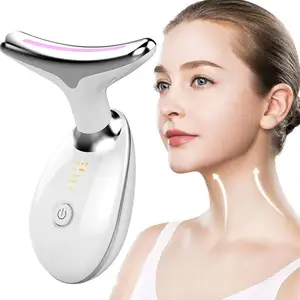

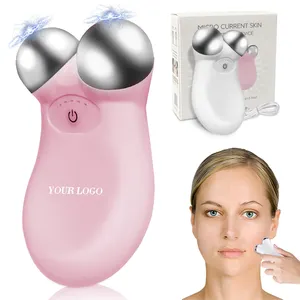



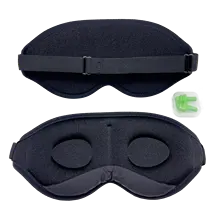






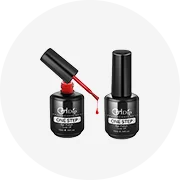
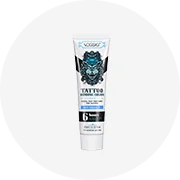
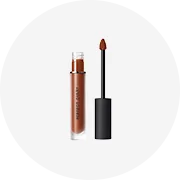
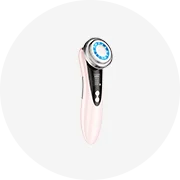

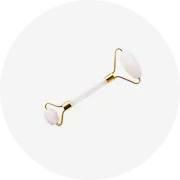


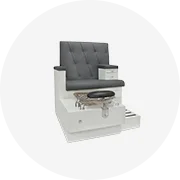

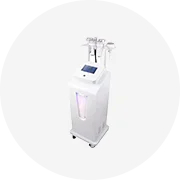








 浙公网安备 33010002000092号
浙公网安备 33010002000092号 浙B2-20120091-4
浙B2-20120091-4